While you’re toiling over a garden in hopes of having fresh produce this summer, you might be overlooking — or discarding — some perfectly fine food. Since today is Weed Appreciation Day, get a head start on learning how to use those supposedly pesky plants in your yard this season. Remember to always use caution when foraging. Consult an expert if you’re unsure about plant identification, and avoid harvesting plants that grow in soil contaminated with pollution and pesticides.
Chickweed (Stellaria media)
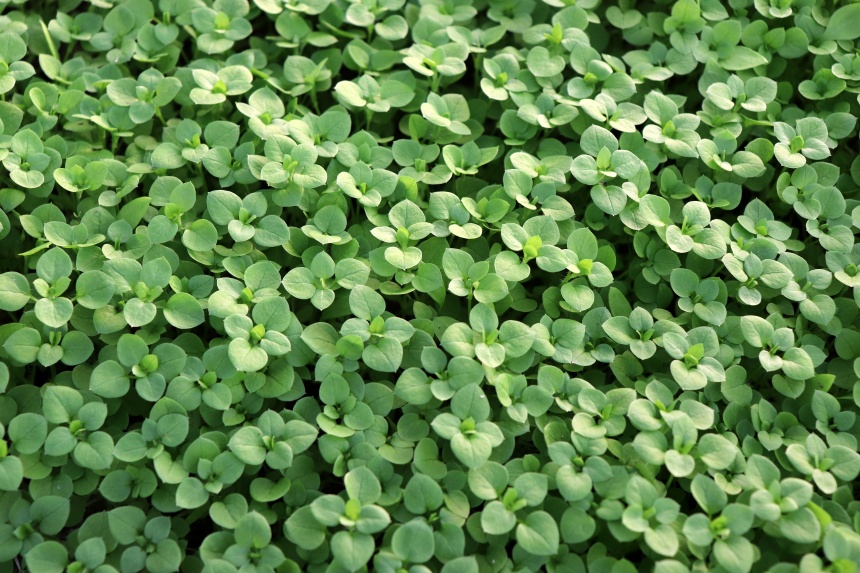
The next few months will be a great time to find chickweed in your yard or garden, if you’re lucky. This tiny cool-weather plant gives off flowers with white, divided petals, and it makes a wonderful, mild-tasting kind of microgreen. Use cuttings from the young growth of a chickweed patch like you would cress or parsley in salads and sandwiches. The nutritious green can also add a posh splash of color as a garnish on a filet mignon or sole meunière at your next dinner party. Your guests will be shocked when you tell them it came not from the farmer’s market, but from your own yard.
Amaranth (Amaranthus retroflexus)

If you’ve been spending a fortune on bags of quinoa, know that an ancient grain might be growing all around you. Amaranth — also called pigweed and callaloo — grows readily throughout the United States. Though unattractive, amarynth leaves can be cooked and eaten. The real stars of the plant, however, are the seeds that form in flower spikes as amarynth matures. If you don’t mind threshing the seeds from the plant, they can be cooked like quinoa and used in everything from salads to veggie burgers. Amaranth seeds are incredibly nutritious: they’re high in iron, protein, and several vitamins.
Dandelion (Taraxacum officinale)
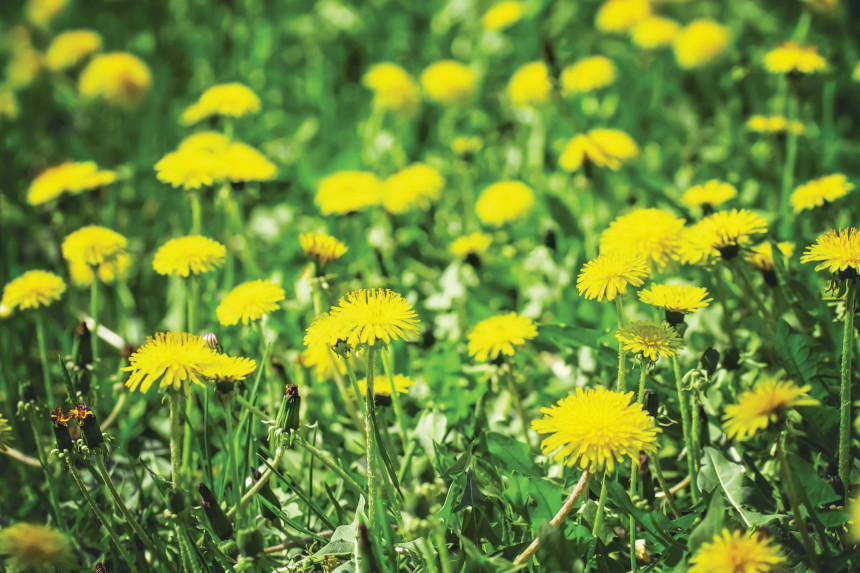
You might be at the end of your rope with these yellow devils, but dandelions have been used by humans for centuries in various ways. Every part of the dandelion is edible. You can make wine from the flowers, eat the leaves cooked or raw, and even roast the roots to make a kind of coffee substitute. At the very least, you can let go of the aggression that has you reaching for herbicides when you behold one of these delightful little survivors on your lawn. Ask yourself: What would your ancestors do?
Purslane (Portulaca oleracea)

This succulent little grower is rich in omega-3 fatty acids, antioxidants, and beta carotene. Don’t confuse it with spurge, which is poisonous. If you find a patch of purslane — which is likely, given its widespread range — turn it into pesto. Add the young leaves and stems into your food processor with basil, garlic, olive oil, salt, and nuts to pump some nutrition into your next Italian meal.
Lamb’s Quarters (Chenopodium album)
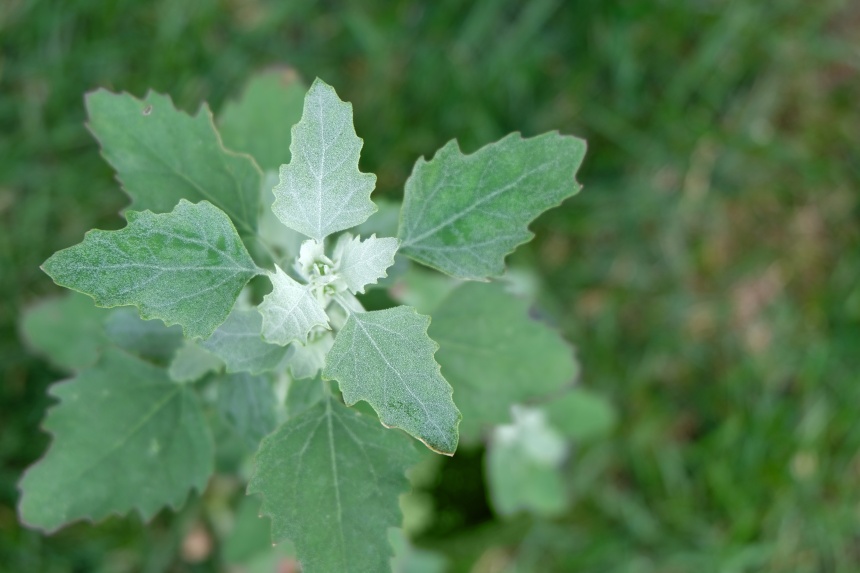
The upright, dusty-looking leaves of lamb’s quarters are difficult to miss as they pop up in most American gardens. These leaves might not boast the sweetness of spinach, but they could be even more nutritious. Rinse them well, and add them into your next batch of cooked kale, mustard, spinach, or turnip greens.
Yellow Wood Sorrel (Oxalis stricta)
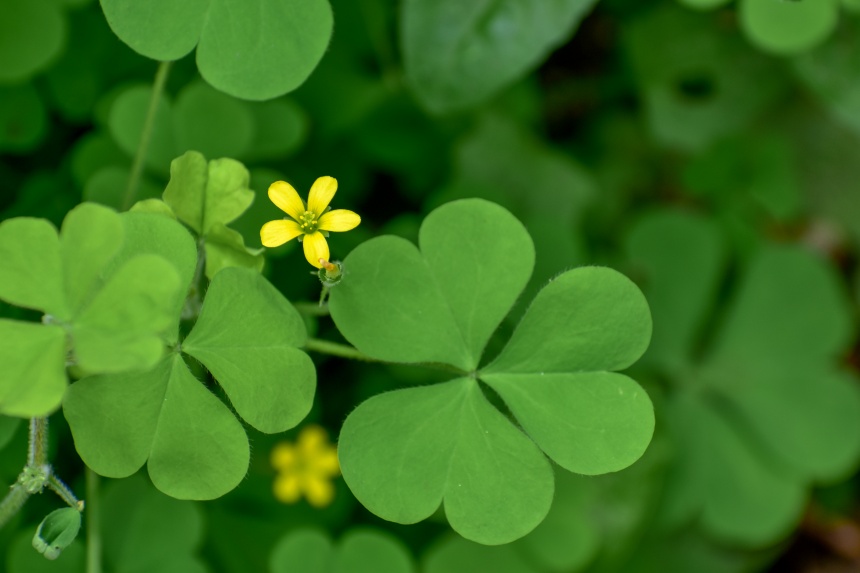
The concentration of oxalic acid in this clover look-a-like gives it a sour, lemony flavor. That makes yellow sorrel a great addition to fish and chicken dishes, but you can also use it to make a kind of lemonade. Steep the leaves in hot water, strain, chill, and add sugar or ginger beer. You can enjoy this curious green beverage on a hot day while admiring the brilliant yellow blooms of a sorrel patch gracing your landscape.
Sunchoke (Helianthus tuberosus)
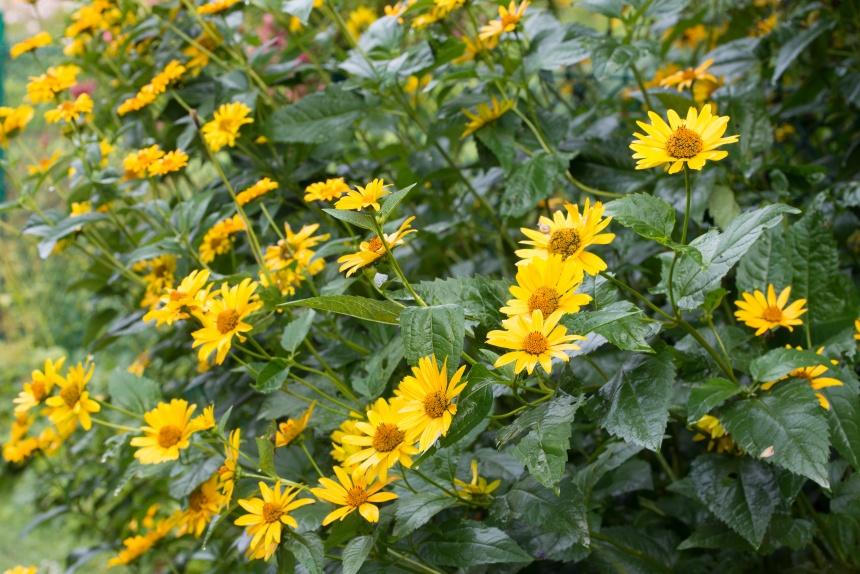
Stalking the Wild Asparagus author Euell Gibbons cited “illogical food prejudice” as the reason Americans were shying away from the Jerusalem artichoke when the Post interviewed him in 1964. If that was the case, it would appear this country has come a long way. Sunchokes can be found in farmer’s markets and on restaurant menus with great frequency nowadays. While they might not pop up in your yard unannounced, you can often find these sunflower relatives in the wild. The tuberous root of the sunchoke is what you’re looking for. You can slice it thinly to make baked chips, roast it like potatoes, or even pickle it for salads and sandwiches.
Plaintain (Plantago major)

You’ll recognize the broad leaves of this hardy weed if you’ve ever lived in the city. Similar to dandelion leaves, plaintain is full of vitamins, calcium, and iron. Harvest the tender leaves and sauté them for a healthy wild rice pilaf.
Yarrow (Achillea millefolium)
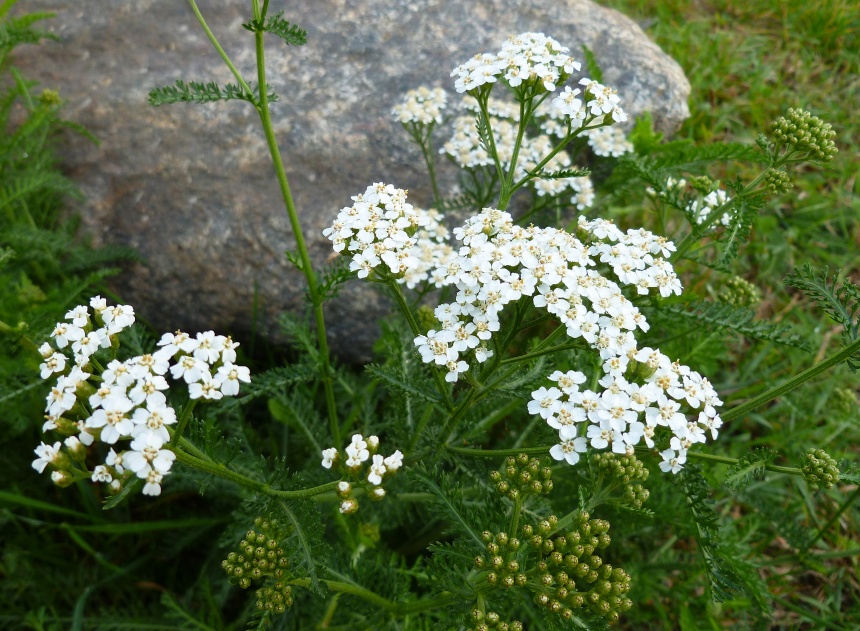
The attractive yellow or white flowers of this native herb make it a nice border planting, even if it isn’t intended as such. Yarrow has been used as an herbal remedy for a variety of ailments for centuries, but the feathery leaves themselves can also be used like tarragon. Chop them up and toss them in a light tuna salad with walnuts and whole grains or season fish and chicken dishes after cooking. It isn’t recommended to cook with yarrow, since it turns bitter with heat.
What are your favorite ways to use so-called weeds in the kitchen? Leave some suggestions in the comments.
Featured image: Shutterstock
Become a Saturday Evening Post member and enjoy unlimited access. Subscribe now
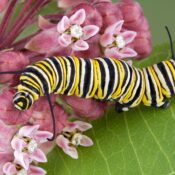

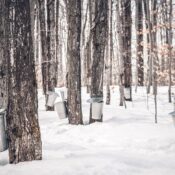
Comments
Don’t forget (Stinging) Nettle. Filled with nutrients and minerals, cook them for 1 – 3 minutes in soups, stews, beanpots, spring tonics, etc. These have an easily-acquired taste. Clip the tender young leaves with long-handled scissors.